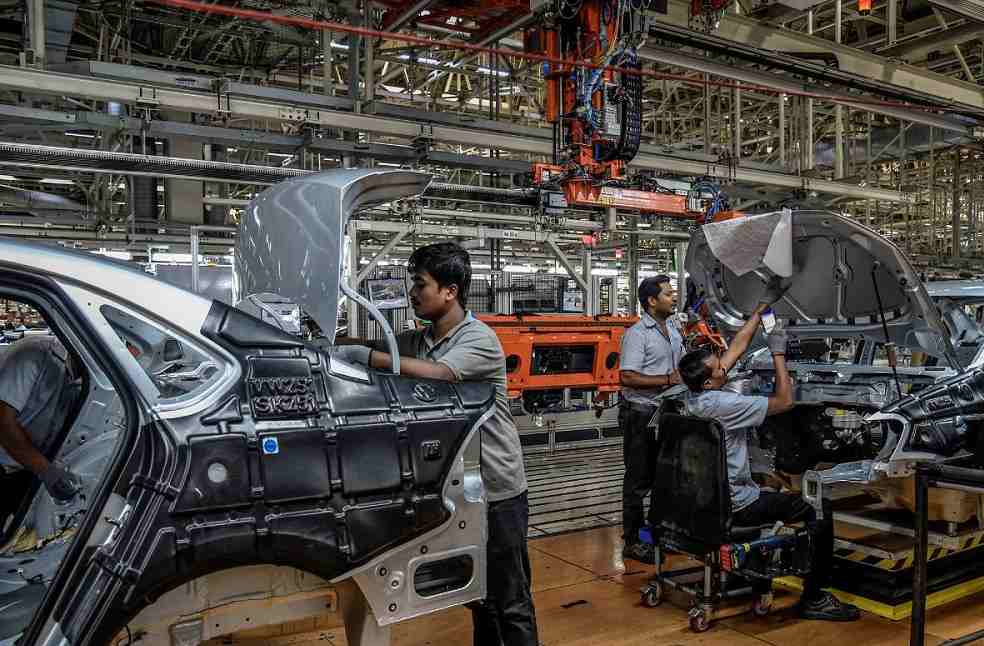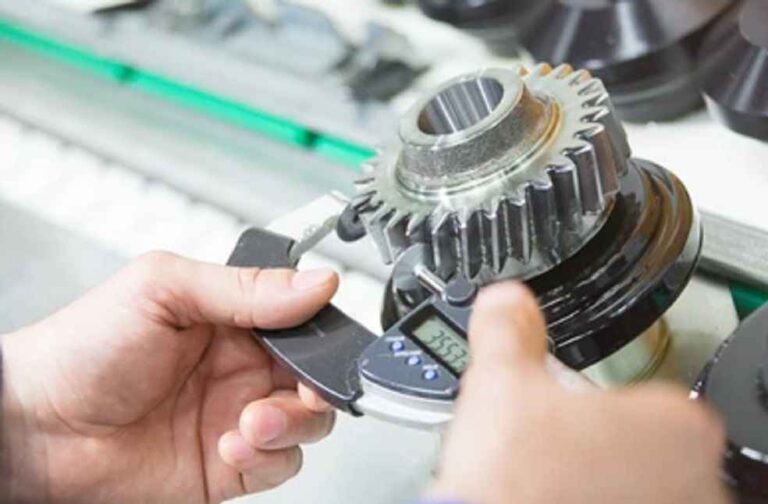India’s auto component production is projected to reach $145 billion by 2030, with exports expected to triple from $20 billion to $60 billion, according to a new report released by NITI Aayog. The report, titled ‘Automotive Industry: Powering India’s Participation in Global Value Chains,’ forecasts a trade surplus of around $25 billion and the creation of 2 to 2.5 million new jobs within the sector.
This surge would significantly raise India’s share in the global automotive value chain, from the current 3% to 8%, while increasing direct employment in the sector to between 3 and 4 million. India, already the world’s fourth-largest vehicle producer after China, the United States, and Japan, manufactures nearly 6 million vehicles annually.

The report highlights India’s growing strength in both domestic and export markets, particularly in the small car and utility vehicle segments. Supported by government initiatives like ‘Make in India’ and a cost-effective workforce, the country is cementing its position as a major automotive manufacturing and export hub.
The report was launched by NITI Aayog Vice Chairman Suman Bery, alongside member Dr. VK Saraswat and other officials. It identifies the automotive industry as a key driver of India’s economic transformation and global trade participation.
A major part of this transformation is the industry’s shift toward electric vehicles (EVs), spurred by global demand for sustainable mobility, stricter emission regulations, and rapid battery technology advancements. The report notes that EV sales have grown significantly worldwide.

At the same time, the adoption of Industry 4.0 technologies—such as Artificial Intelligence (AI), Machine Learning (ML), Internet of Things (IoT), and robotics—is revolutionising the manufacturing process. These digital tools are improving productivity, lowering costs, and enabling flexible, smart factory operations.
The report also details targeted policy interventions—both fiscal and non-fiscal—aimed at enhancing India’s global competitiveness in the automotive sector. These measures are tailored to four categories of automotive components, classified by complexity and manufacturing maturity: emerging and complex; conventional and complex; conventional and simple; and emerging and simple.
GENERAL | EU and China Focus on Minimum Prices to Replace EV Tariffs





